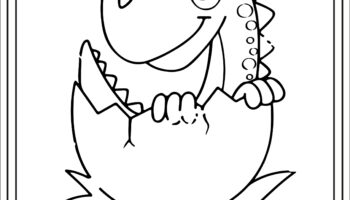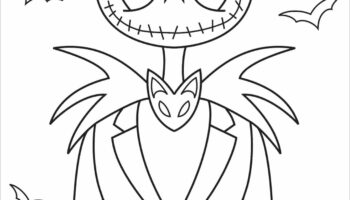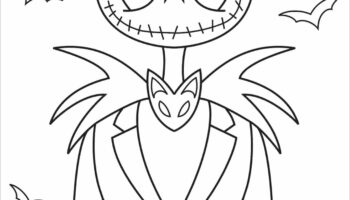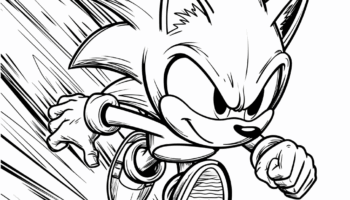The creation of three-dimensional, edible plant-based structures using additive manufacturing techniques represents a novel approach to food production and presentation. These structures, built layer by layer, are composed of processed fruits and vegetables, transformed into printable materials. An example would be a customized snack made from blended strawberries and spinach, formed into a specific geometric shape.
This technology holds significant potential for personalized nutrition, enabling the tailoring of food products to meet individual dietary needs and preferences. Furthermore, it offers opportunities to reduce food waste by utilizing imperfect or surplus produce. Historically, the focus has been on improving texture, flavor, and overall palatability of these fabricated food items to enhance consumer acceptance.
The subsequent sections will delve into the material science aspects, examining the properties required for successful printing, explore diverse applications, including culinary arts and healthcare, and consider challenges related to scalability, cost, and consumer perception.









